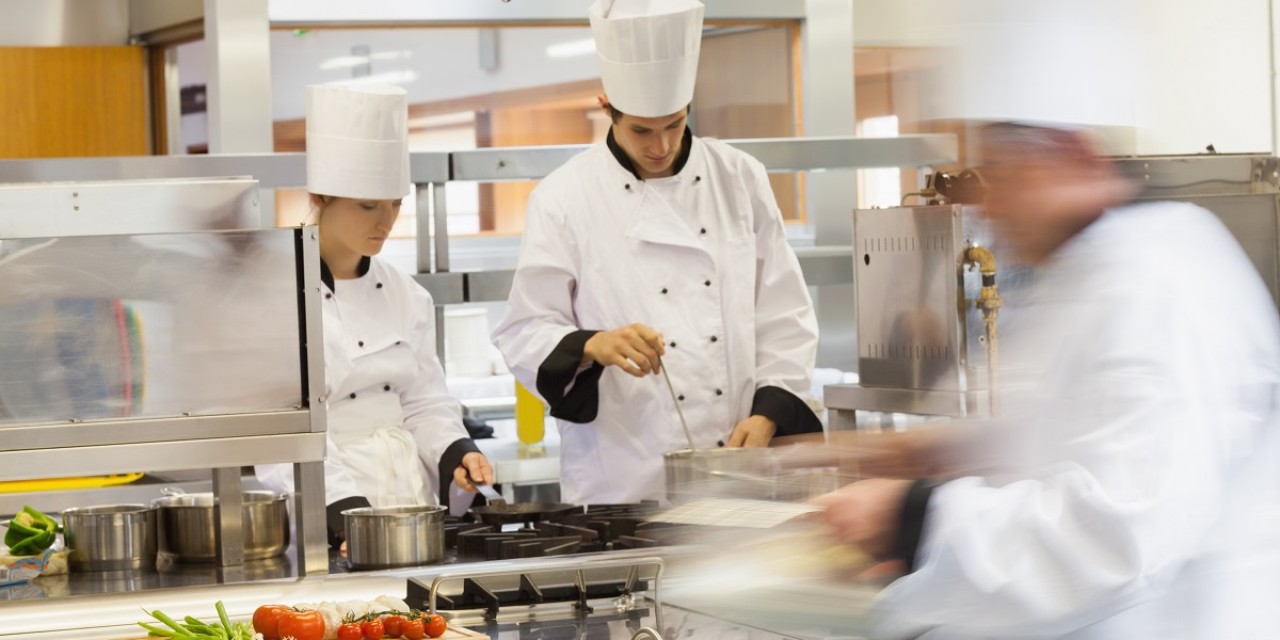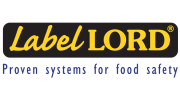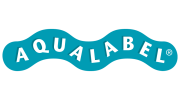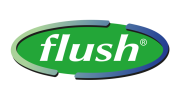How to prevent cross contamination
Cross-contamination is fatal, when preparing safe and fresh food for your guests. Contamination is possible with both harmful bacteria and allergens. Below we explain the difference and give you some tips to prevent unwanted and unsafe situations.
Cross contamination with bacteria
When storing and preparing your fresh produce, you can prevent harmful bacteria from entering your dishes in different ways. Make sure you keep raw meat, chicken or fish at the bottom of your refrigerator so that none of these products can "drip" onto other fresh products. Preferably thaw frozen meat, chicken or fish well covered in your fridge. When other products have been in contact with drip moisture, you can no longer use them.
Prepared products that have been cooled back to a maximum of 7 degrees Celsius, should be well sealed and used within two days. Re-cooling is not permitted according to HACCP guidelines because the risk of harmful bacteria is too high.
Washing your hands after touching raw meat is perhaps the most crucial action in the prevention of cross contamination. The same goes for your knives. These should be thoroughly cleaned immediately after use. Also, using paper disposable towels for drying your hands ensures you have the least chance of cross contamination by bacteria.
Cross-contamination with allergens
To prevent your guests from getting sick from a particular allergen, products must not contain this allergen. Therefore, it is important that allergen products should not come into contact with non-allergen products. Gluten is a typical example of this. A lot of attention is required to prevent cross contamination with gluten, but it is certainly not impossible. Of course, the following tips can also apply to other allergens.
The most important thing is never to prepare gluten-free products in a place or surface where bread (or other gluten products) has been lying. In addition, after any contact with products containing gluten, it is important to repeatedly wash your hands. In addition, it is best to dry your hands with disposable cloths.
When cooking for a gluten-free guest, it’s best to reserve a special area in the catering environment for these products to be prepared. Make sure your kitchenware is clean at all times and properly cover gluten-free products (close packaging immediately after use). Also, because wooden cookware is more difficult to clean gluten traces are easily left behind. Therefore, do not use any wooden utensils and avoid pans with a damaged anti-skid coating. Useful tip: The use of tubes and squeeze bottles (where possible) reduces the risk of cross contamination even further.
Labels
To be able to identify gluten-free from gluten-containing ingredients, you should use specific labelling to mark them. The same goes for kitchen equipment. Use separate utensils for making gluten-free dishes (baking tin, breadboard, toast iron, mixer hooks). Additionally, it is helpful to prepare gluten-free dishes before other dishes and be especially careful with wheat flour as flour can dust spread through the air. When kneading and rolling dough, it is preferable to use a (silicone) mat because they are easier to clean.
The most important tip in the preparation of gluten-free dishes: If you suspect a gluten-containing ingredient has ended up in your dish, do not just scoop it out or try to remove it! To avoid contamination, you will need to re-make the whole dish!




